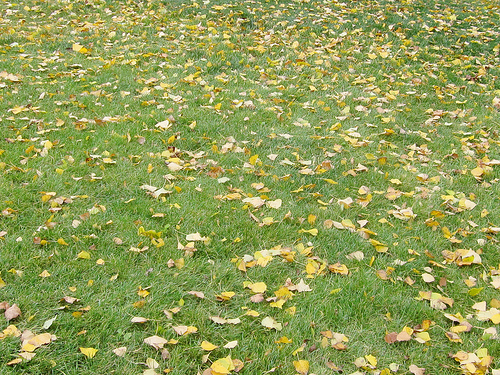When we fertilize our lawns, we think of spring as the best time to perform this task. Fall does not seem like a likely time since the growing world is slowing down and plants are getting ready to go dormant. However, fertilizing your lawn in fall is actually one of the best things you can do to help your grass stay healthy.
During autumn, plants are busy trying to store up food to get through the cold temperatures of winter. Fertilizing your lawn in fall boosts their storage potential and makes it more likely that your grass will survive until spring. You want to perform this before it really gets too cold, however, so perform this task by November 30th each year.
As always, a good test to perform before you do any fertilizing is an assessment of the nutrient levels that are currently found in the soil. Adding too much is wasteful and can even potentially harm your plants. You can buy a simple test at your local garden center or nursery. For more detailed results, you can send off a sample to a testing laboratory like Cornell Nutrient Analysis Laboratory or your local cooperative extension service.
As Cornell University advises, you should use “1 pound of nitrogen per 1,000 square feet. (1 lb. N/1,000 ft.2). Use a fertilizer that is about 70 percent slow-release nitrogen” Once you have applied the nutrients, water your lawn so that the fertilizer can travel down into the soil.
As always, feel free to give us a call if you would like us to do your fall lawn fertilization this year.
Image by shaire productions via Flickr Creative Commons Attribution License



